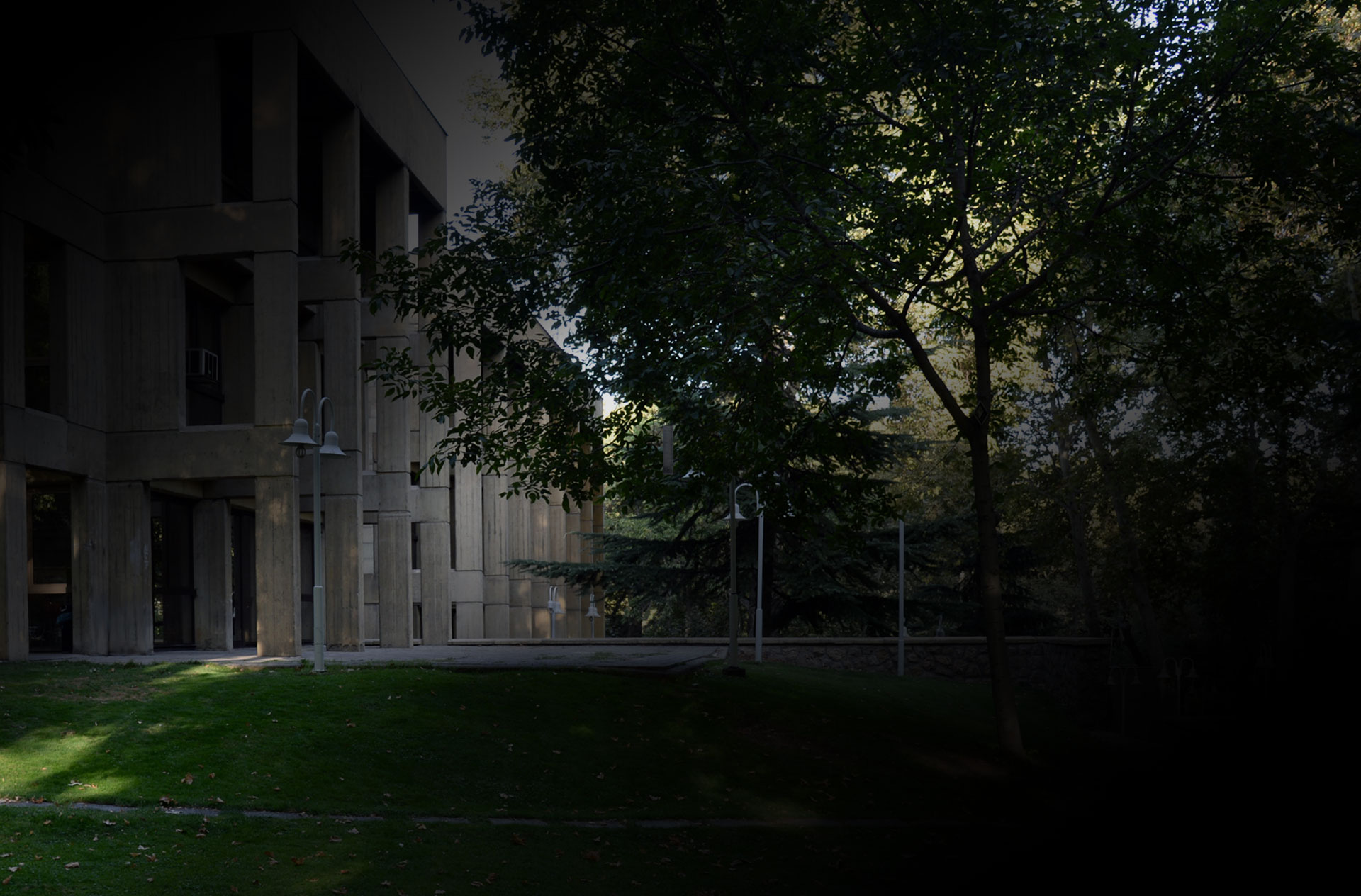Abstract: Let $R=K[x_1,...,x_n]$ be the polynomial ring in $n$ variables over a field $K$ and $I$ be a monomial ideal generated in degree $d$. Bandari and Herzog conjectured(BH-Conjecture) that a monomial ideal $I$ is polymatroidal if and only if all its monomial localizations have linear resolution. Herzog, Hibi and Zheng proved that if $I$ is a monomial ideal generated in degree $2$, then $I$ has a linear resolution if and only if each power of $I$ has a linear resolution. Sturmfels gave an example $I=(def,cef,cdf,cde,bef,bcd,acf,ade)$ where $I$ has a linear resolution while $I^2$ has no linear resolution. This suggests the following question: Is it true that each power of $I$ has a linear resolution, if $I$ is a squarefree monomial ideal of degree $d$ where $I^k$ has a linear resolution for all $1\leq k\leq d-1$? In this talk we speak about BH-Conjecture and we give an affirmative answer in the following cases: $(i)$ $height(I)=n-1$; $(ii)$ $I$ contains at least $n-3$ pure powers of the variables $x_1^d,...,x_{n-3}^d$; $(iii)$ $I$ is a monomial ideal in at most four variables.
References:
[1] S. Bandari and J. Herzog, Monomial localizations and polymatroidal ideals, Eur. J. Comb., 34(2013),752-763.
[2] A. Conca Regularity jumps for powers of ideals, Lect. Notes Pure Appl. Math., 244(2006), 21-32.
[3] A. Conca and J. Herzog, Castelnuovo-Mumford regularity of products of ideals, Collect. Math., 54(2003),137-152.
[4] D. Eisenbud, Commutative Algebra with a View Towards Algebraic Geometry, GTM., vol.150, Springer, Berlin, (1995).
[5] D. R. Grayson and M. E. Stillman, Macaulay 2, a software system for research in algebraic geometry, Available at http://www.math.uiuc.edu/Macaulay2/.
[6] J. Herzog and T. Hibi, Discrete polymatroids, J. Algebraic Combin., 16(2002), 239-268.
[7] J. Herzog and T. Hibi, Monomial ideals, GTM., vol.260, Springer, Berlin, (2011).
[8] J. Herzog, T. Hibi and X. Zheng, Monomial ideals whose powers have a linear resolution, Math. Scand., 95(2004), 23-32.
[9] J. Herzog, A. Rauf and M. Vladoiu, The stable set of associated prime ideals of a polymatroidal ideal, J. Algebraic Combin., 37(2013), 289-312. (2012).
[10] J. Herzog and Y. Takayama, Resolutions by mapping cones, Homology Homotopy Appl., 4(2002), 277-294.
[11] J. Herzog and M. Vladoiu, Monomial ideals with primary components given by powers of monomiali prime ideals, Electron. J. Combin., 21 (2014), P1.69.
[12] Sh. Karimi and A. Mafi, On stability properties of powers of polymatroidal ideals, to appear in Collect. Math.
[13] B. Sturmfels, Four counterexamples in cobinatorial algebraic geometry, J. Algebra, 230(2000), 282-294.
[14] T. N. Trung, Stability of associated primes of integral closures of monomial ideals, J. Comb. Theory Ser. A 116(2009), 44-54.



